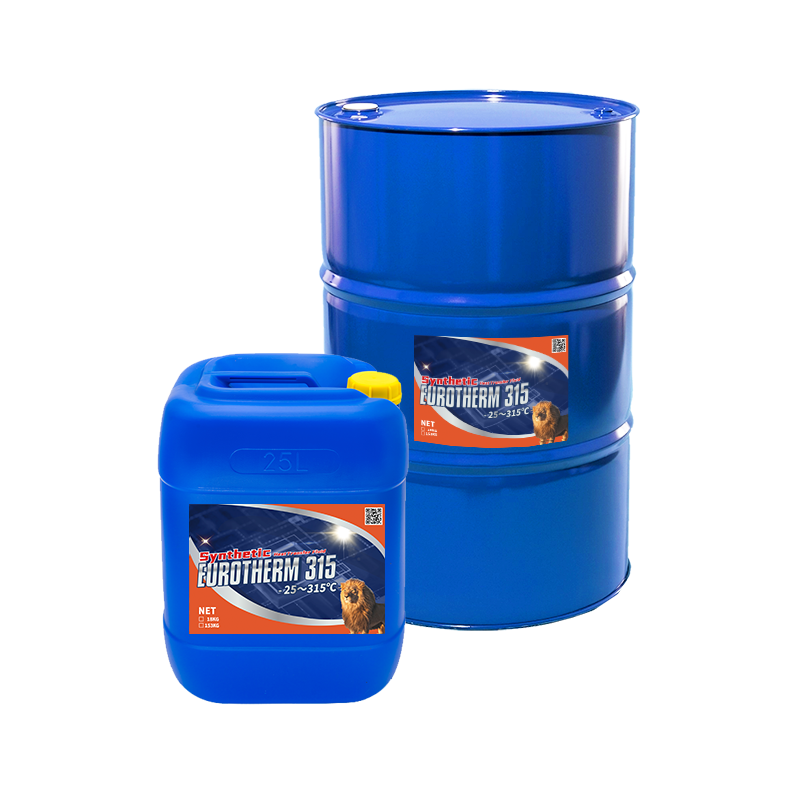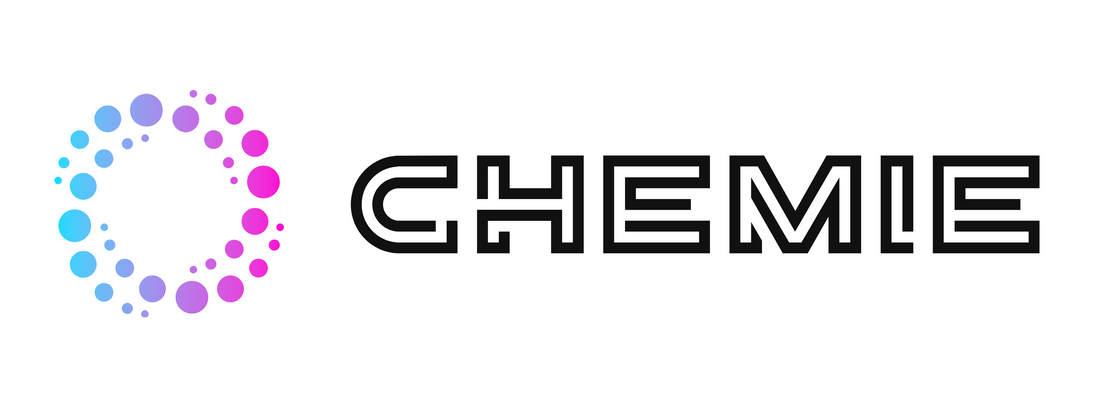Chemie Fundamentals Explained
Chemie Fundamentals Explained
Blog Article
Chemie Fundamentals Explained
Table of ContentsThe Facts About Chemie RevealedThe 10-Second Trick For ChemieThe Ultimate Guide To ChemieSome Of ChemieThe Chemie DiariesThe smart Trick of Chemie That Nobody is Discussing
A gadget that enables elements (followers, controllers, pumps) to be changed or contributed to an IT/Cooling system without interrupting its procedure. Hydrophilic is a home of a product or surface area that is attracted to water and allows water to spread across or penetrate it, making it "water-loving." Hydrophobic is a home of a material or surface that fends off water and does not quickly allow water to spread throughout or permeate it; it drives away water.(https://blogfreely.net/chemie999/dielectric-coolant-a-game-changer-in-heat-transfer-fluids)Access Defense (IP) is a common made use of to define the sealing performance of electrical enclosures against breach from foreign bodies (devices, dust, and so on) and moisture. It is defined in the global typical EN 60529 (British BS EN 60529:1992, European IEC 60509:1989). Rating Ingress Security (IP) rankings measure a device's resistance to solids and water.
Insulation are materials or methods made use of to reduce the transfer of power in between two objects or environments. With concerns to information centers and sustainability, ISO-14000 is a typically applied criterion.
Top Guidelines Of Chemie
Each layer moves smoothly past the adjacent layers with little or no mixing. The liquid often tends to flow efficiently at low rates without lateral blending, and adjacent layers slide past one an additional. This process can cause lower warmth transfer rates contrasted to turbulent circulation. Latent warm is the warm called for to convert a solid into a fluid or vapour, or a liquid right into a vapour, during a phase adjustment, without modification of temperature level.

It is commonly utilized in fluid air conditioning systems and in commercial procedures. A Liquid-to-Liquid Heat Exchanger is a tool that transfers warmth from one liquid to another without blending the fluids. It passes both liquids near to each other while ensuring they are why not check here separated by a barrier. Liquid-to-liquid warm Exchangers are commonly made use of in cooling systems to separate main and secondary coolant loopholes.
Chemie for Beginners

A litre inhabits a volume of 10 centimeters x 10 cm x 10 cm. Litres (Litres) per min is an unit of dimension for circulation rate, specifically the volume of liquid (in litres) that passes a provided factor in a minute.
A maintenance home window is a scheduled period assigned in advancement by technical, support, and solution personnel throughout which preventative maintenance jobs that might disrupt operations are executed. Preventative tasks may consist of software updates, fixings, or replacements. By conducting these in an upkeep window, you can ensure marginal disruption which our system runs optimally.
The smart Trick of Chemie That Nobody is Talking About
The cooling liquid needs two-way transportation called supply and return. It refers to a product's resistance to deterioration, corrosion, or staining when it comes into contact with a different material or chemical.

Network changes can be equipment gadgets that take care of physical networks or software-based virtual gadgets. Non-Condensable Gas (NCG) is a gas that does not condense (change from vapour to fluid) under a cooling system and typical compression refrigeration problems. NCGs are air, nitrogen, carbon dioxide, argon, and oxygen. Non-conductive liquids are coolant fluids that are unable of conducting an electrical current, commonly referred to as dielectrics.
Facts About Chemie Uncovered
Operating stress is the pressure at which a system or a component of a system operates under normal or specified conditions. This is the risk-free temperature level variety in which an item of equipment, gadget, system, or process can run without experiencing destruction in efficiency, dependability, or long life. The tool will operate effectively within a specified operating temperature range, outside this series of safe operating temperatures, the device may fail.
Oxidation stability is a fluid's resistance to oxidative degradation over time and is an important top quality criterion. high temperature thermal fluid. Identical circulation refers to the connection in between the circulation directions of the cold and hot fluids. With parallel flow, the fluids take a trip with the warm exchanger in the same direction to maximize warm transfer
5 Easy Facts About Chemie Described
Passively cooled is a sort of cooling that makes use of all-natural convection or radiation to dissipate warm without fans, pumps, or extra active elements. Perfluorocarbons (PFCs) are compounds, that are manmade and include carbon and fluorine. Perfluorocarbons are generally colourless, odorless non-flammable gases at environmental temperature levels and mainly chemically unreactive.
Report this page